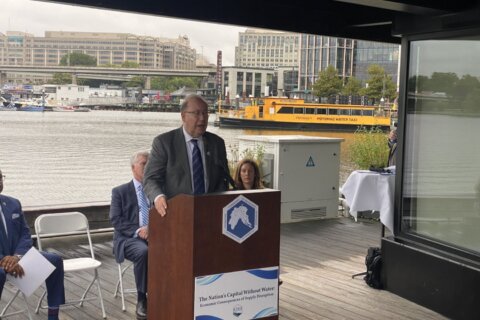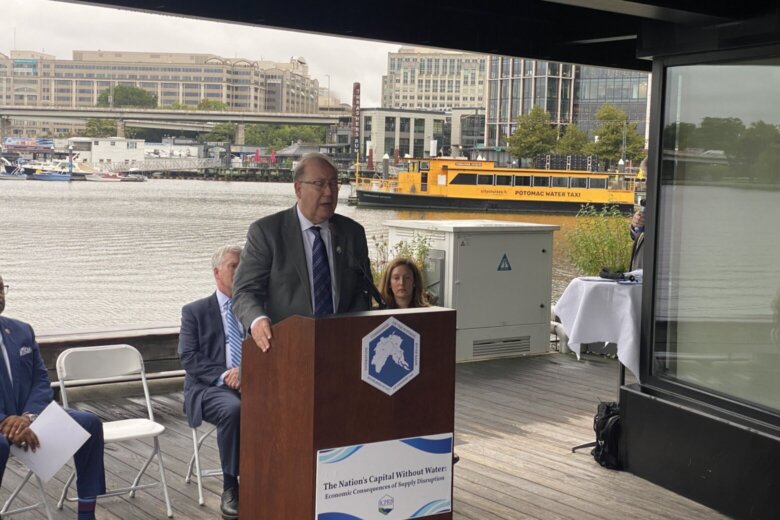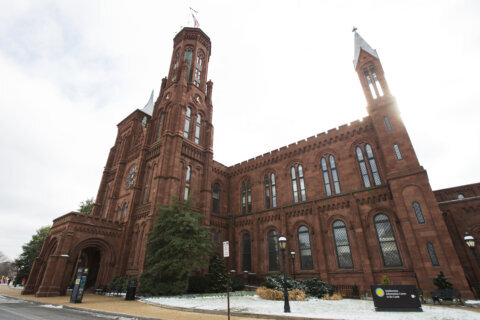
D.C. could be in hot water if something ever disrupts the Potomac River’s drinking water supply. That’s according to a new report outlining the devastating economic impact a disruption would cause while urging for a better backup.
“If we do have an issue here in the District of Columbia, at the Washington Aqueduct, we have approximately less than 24 hours of water in supply,” David Gaddis, the CEO and general manager of D.C. Water, said during a news conference at The Wharf on Tuesday.
The report from the Interstate Commission on the Potomac River Basin revealed that a catastrophe on the Potomac — such as a severe drought, chemical spill, infrastructure failure or algae bloom — could disrupt the water supply for weeks.
The commission found such a disruption could result in a loss of $15 billion in gross regional product within the first month.
“That’s traumatic for our region, and not just for broadly business, but in particular, small businesses, minority-owned businesses, women-owned businesses and veteran-owned businesses, because oftentimes they’re the most vulnerable,” said Jack McDougle, with the Greater Washington Board of Trade.
The report found major sectors, such as health care, food and beverage, chemical manufacturing as well as arts and entertainment, would be at severe risk during a water outage.
The commission and other organizations are using the report to push for another backup water source that would last the city longer than the current 24 hours.
“One of the things that has been talked about are these reservoirs, but other things would be like tapping into the aquifer or reuse of water from Blue Plains,” said Michael Nardolilli, with the Interstate Commission on the Potomac River Basin.
The Army Corps of Engineers is studying these options to best determine a backup water source. That study should be completed within the next three years.
Get breaking news and daily headlines delivered to your email inbox by signing up here.
© 2024 WTOP. All Rights Reserved. This website is not intended for users located within the European Economic Area.









